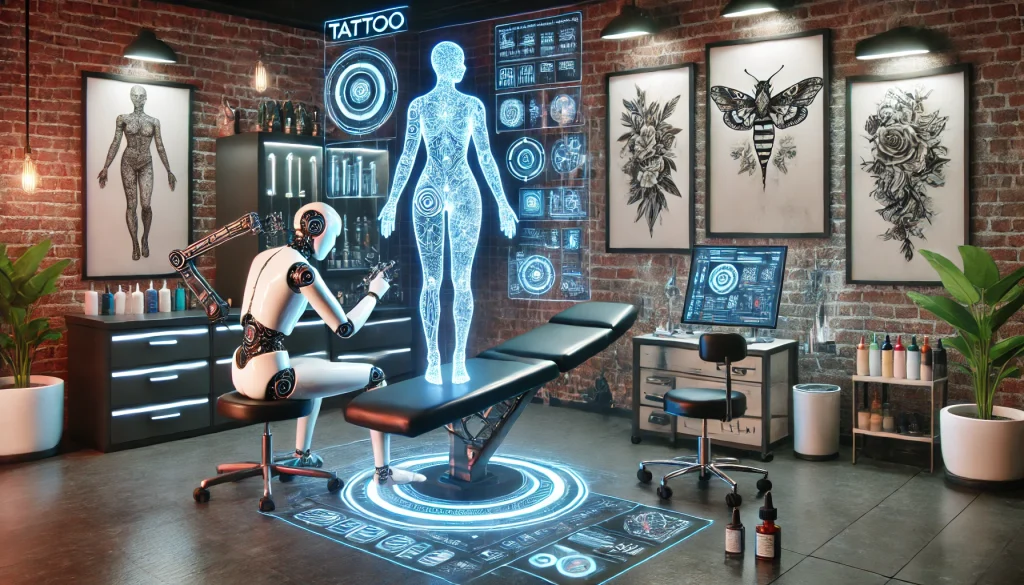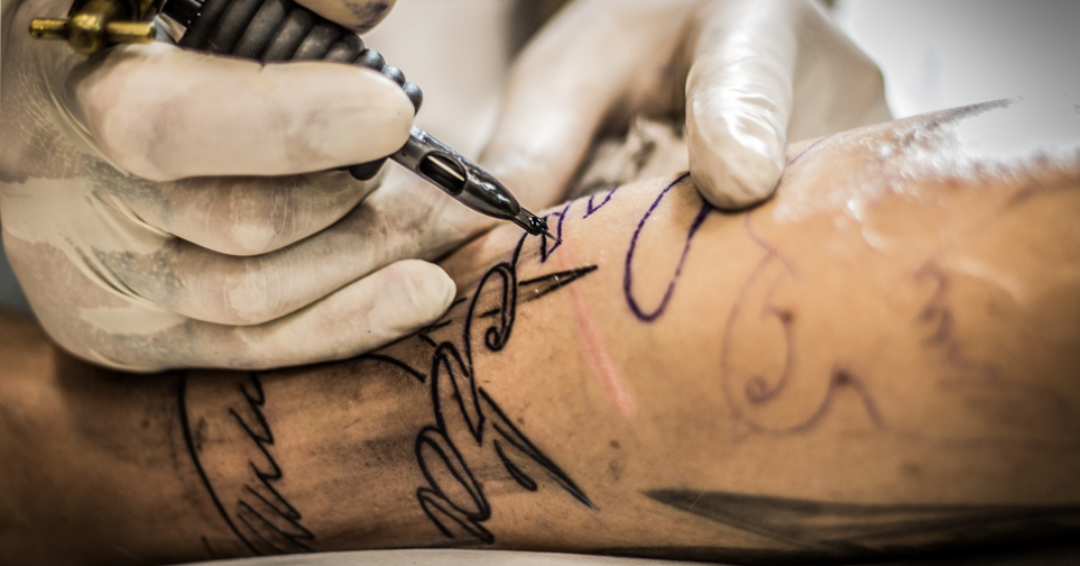The world of tattooing is constantly evolving. With the development and democratisation of Artificial Intelligence (AI) and other technological innovations, the profession of tattoo artists and the future of tattooing are consequently being impacted. So, how can this progress be embraced while respecting an art form that has existed for thousands of years?
Generative AI Tools: A controversial revolution
In recent years, generative artificial intelligence has emerged as a significant innovation across various fields, from artistic creation to professional assistance. Tools like ChatGPT, which specialises in generating text content; Adobe Firefly, designed to produce images and boost creativity; and Google Gemini, renowned for its multimodal capabilities, are profoundly transforming creative processes, including in tattooing. However, this revolution raises a critical question: how can artists and machines collaborate to meet clients’ expectations?
Tools to push the boundaries of creation
These AI technologies enable tattoo artists to design with unprecedented speed and precision. Tools such as BlackInk.ai, for instance, allow artists to generate intricate designs from simple instructions, experiment with various styles, or adapt designs to clients’ bodies using realistic simulations. AI becomes a powerful ally, offering an infinite array of possibilities while saving time in the preparatory stages. Additionally, it’s possible to work from a photo or a vague idea provided by a client, delivering an almost immediate visual proposal.

However, copyright issues can arise since AI-generated images often draw on combinations of existing images. This issue is not exclusive to artificial intelligence, as traditional tattoos can also face similar concerns, particularly when licensed or copyrighted works are reproduced before entering the public domain.
A disruption to the profession’s norms
This technological advancement is transforming the artist’s role. Tattoo artists no longer merely create; they become digital curators. By using AI, they verify the designs generated by the machine and refine them according to the client’s needs. Antoine, from the Red Geisha studio in Reims, shares: “Before, I used to tell my apprentices that before you could tattoo, you had to know how to draw. That’s no longer the case.” He explains that today, AI has an artistic edge and even wins most contests in this field. Yet, this doesn’t intimidate him: “I see it as a challenge, a work matrix rather than something that will replace my job.”
François (also known as Baguette Wave, from the Tooth Puller Order studio in Alsace), believes AI is a powerful tool that shouldn’t be overlooked, as artists risk falling behind otherwise. Its use opens up countless possibilities for those who choose to adopt it. For example, AI can generate intricate designs in seconds, which would take much longer for a human to create. Consequently, AI should be viewed as an opportunity for artists to focus more on interpretation and personalisation, leaving technical or repetitive tasks to the machine. François asserts there’s still time before machines could replace artists entirely, as clients continue to value the human touch, whether in interpreting tattoos or during appointments.
Nonetheless, if misused, AI could stifle artists’ creativity. It’s crucial to strike a balance with this technology to avoid becoming stagnant and losing the desire to evolve. This is echoed by Murphy, a tattoo artist at Santa Skin Art in Reims: “It’s not so much AI that scares me, but the new professionals entering the field.” She worries they might confine themselves to what they already know and stop exploring what’s happening in the wider world.
Tattooing and Technology: The future of tattoos in the age of automation

The coexistence of artists and machines in tattooing offers an opportunity to redefine the boundaries of creativity. Tattoo artists will need to learn how to integrate AI as a creative partner without compromising their vision and style. The key to this coexistence lies in balance: allowing machines to assist without overshadowing human talent.
Beyond AI, the advent of specialised robots is even more intriguing—and perhaps more unsettling. In Texas, for instance, a robot can perform micro-realism with impressive, even formidable precision. This development raises further questions about the future of the profession and the tattooing experience. Antoine (Red Geisha) can already foresee two diverging trends emerging in the market: on one hand, artisanal tattooing, which values the human touch and traditional practices; on the other, automatic tattooing (or “Tattoo booth“), which focuses on speed, precision, and technological efficiency. This duality could profoundly reshape the industry, offering clients a choice between tradition and innovation.

Paramedical tattooing in service of reconstruction

